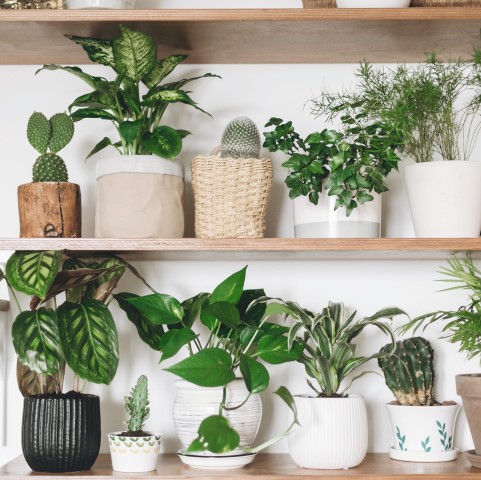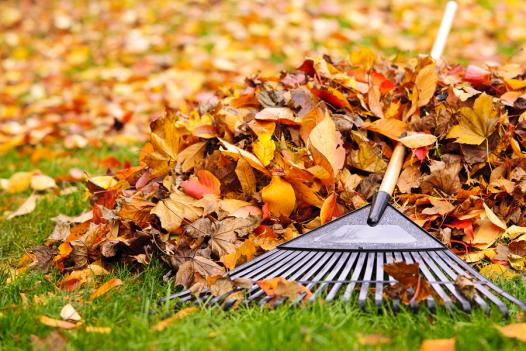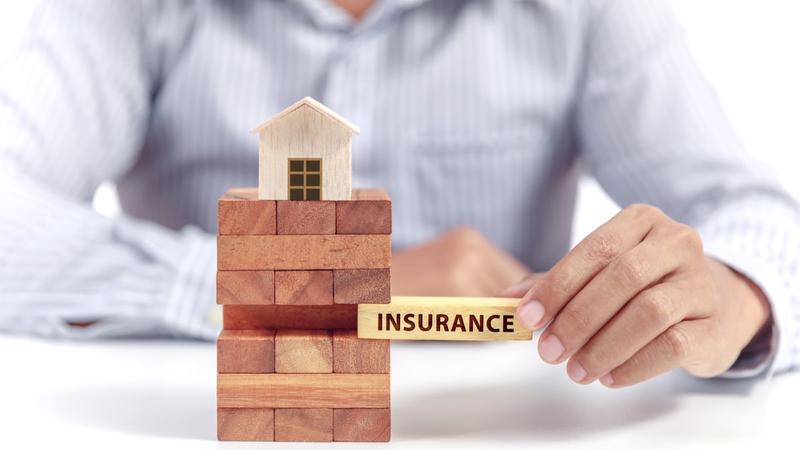Get the Kids Involved in Home DIY

Home projects and family go together! While there will be tools and situations where children should be closely supervised, there are plenty of activities that can include the entire family!
-
If you have a room that needs painting, have the children paint the sample swatches on the walls. These areas do not have to be perfect, but this small job is the perfect way for them to learn beginner painting techniques.
-
Furniture kits are a great way to have children learn about using tools and following step-by-step plans. Reading is not always required as there are many instructions that feature symbols, numbers, and diagrams that children can easily follow.
-
Installing wall-hanging hardware or window treatments are excellent ways to teach school-age kids about using a level or measuring tape.
-
Children and gardening go together naturally! Not only can they assist with planting projects, but building raised beds or trellises as well, and even preschoolers can be handy with a rake or help with weeding.
-
Teach children that some repairs do not require a service call. Replace faucets, door knobs, or cabinetry pulls yourself, and let them in on the action when smaller tools are involved. They will not only learn valuable skills, but they will also learn about saving money!
-
Creating outdoor spaces for the kids such as a pallet playhouse, a swing set kit, or simple soccer/street hockey goal will give them a sense of accomplishment if they help!
Get your family excited about helping, have patience, and keep them safe while you are working. You will find that while you are spending time with them, those DIY jobs will start them on a journey of learning how to take care of their future home as a handy homeowner!
Courtesy of New Castle County DE Realtors Tucker Robbins and Carol Arnott Robbins.
Photo credit: PODS








.jpg)





